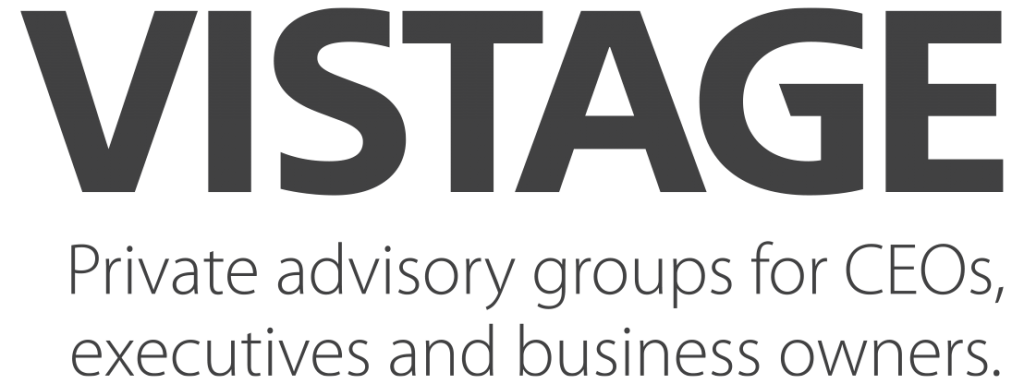
One of my least favorite sayings to hear from a business owner is, “We throw people into the deep end of the pool and see if they can swim.” What a bunch of nonsense! As a leader, it is incumbent upon you to make sure your people have the job clarity, tools, resources, and training to be successful. You are supposed to set people up for success, not push them towards failure. Darwinian logic misapplied to the work environment is professional malpractice.
People are supposed to be successful because of you, not in spite of you. When they make the decision to join your organization, they put their future in your hands. No one starts a job wanting to fail. Companies should do the necessary screening and filtering to ensure each candidate has the basic skills and background to do the job and is a good cultural fit for the team. Then, once the hiring decision is made, the organization should be fully committed to providing the support needed for a successful outcome.
I have heard it said that employees decide within the first 2-6 weeks of a new job whether the company and the position will be a good long-term fit for them. Therefore, the first thing your organization needs to do is ensure that there is a strong onboarding process in place. Don’t just show them their desk; provide technology tools, give them the employee manual, ask them to sign HR paperwork, and figure you’ve done your part as a new employer. The first two weeks of employment should be scheduled comprehensively with meetings, training, and other activities that help integrate them into the company and provide clarity on how to be successful in their role. Additionally, it is critical that all new hires meet and get acquainted with everyone who is integral to the performance of their responsibilities.
Once employees are successfully oriented, they should have the structure of weekly feedback interactions with their supervisor. Never rely on ad hoc management as the primary communication tool. Every position should have a job description with clearly defined performance metrics, and these should be tracked as frequently as possible. Skill gaps should be identified, and a performance development plan put in place to get the individual up to speed quickly. Consider assigning all new employees an experienced mentor who is not their direct supervisor but who is charged with helping them navigate the early-stage development of their career within the company and helping them learn to handle the political and cultural dynamics. HR, or someone senior if it is a small company, should formally check-in with employees and their supervisor at the 6-week, 6-month, and 12-month milestones to see how things are progressing.
Lastly, your job as a supervisor or manager is to never knowingly put someone in a situation that plays to his or her weaknesses, leaving them unnecessarily vulnerable. To do this effectively, you need to:
- Intimately get to know your people, including their strengths and shortcomings as employees and as people
- Be honest with them about this reality
- Don’t overload them with more than they can handle
- Assist them with prioritizing their workload
- Help them anticipate and respond to events outside of their control
- And, if they do screw up, then make sure they learn from the experience and move on
The goal is always to put yourself in the other person’s shoes. Ask yourself, what would you want from your boss if you were them? It’s not rocket science. Think about some of the best supervisors and managers you’ve had over the years and try to emulate their positive behaviors. Leverage your experience to the employee’s benefit. Expect and allow them to take the initiative and grow in a measured, thoughtful way. The fast track is often a pathway to failure if you are not careful, especially if there are no guardrails and the race is unfair to begin with. Guiding someone to success often takes time and effort, but it is worth it.
Related articles
- How To Set People Up For Success (saba.com)
- 3 Things Great Leaders Do To Set People Up For Success (leadingchangegroup.com)
- People Are Like Snowflakes (capacity-building.com)
- Investing in Employee Loyalty (themarlincompany.com)
- On-Boarding Can Mean More to Company Than New Hire (vistage.com)
- A Quick Hiring Checklist (coramaelengeman.wordpress.com)
- Tips for a new hire’s first 90 days on the job (theglobeandmail.com)
